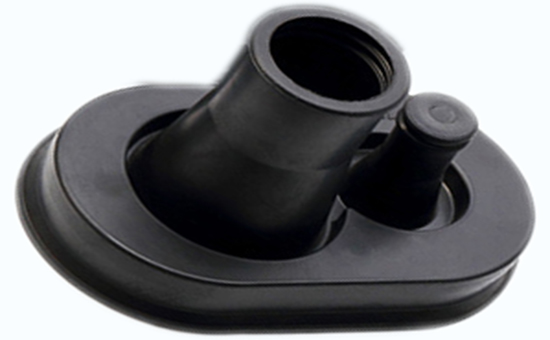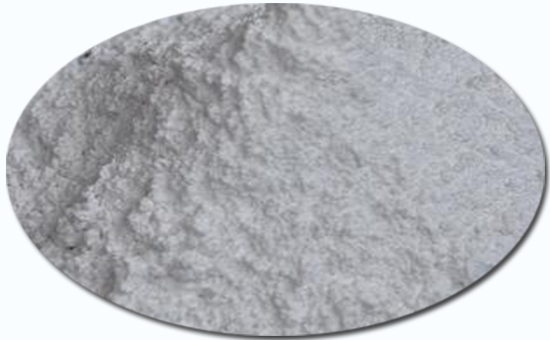The so-called coupling agent, that is, a class of substances that can improve the interface characteristics among the filler and the polymer material, can improve the interface adhesion, and further improve the performance of the filled or reinforced polymer material. When using reclaimed rubber to produce rubber products, the coupling agent can combine organic matter with non-compatible fillers and rubber matrix to improve the dispersibility of the filler in the reclaimed rubber and the adhesiveness of the rubber. So which coupling agents are commonly used in the production of reclaimed rubber products? What problems should be paid attention to during use?
1. Silane Coupling Agent
Silane coupling agent is the most common coupling agent in the production of reclaimed rubber products. The coupling effect is more obvious for filling systems containing polar groups or introducing polar groups, and it has no effect on the modification of non-polar systems. Obviously, the effect of modifying the composite system filled with calcium carbonate is not good. When reclaimed rubber products are filled with a large amount of fillers containing hydroxyl groups on the surface such as silica, clay, etc., problems of vulcanization lag and increased viscosity will occur. At this time, the use of silane coupling agent can significantly improve the vulcanization performance of the rubber and improve the vulcanization of the vulcanized rubber. Tensile strength, abrasion resistance, viscoelasticity, etc.

2. Titanate coupling agent
The titanate coupling agent has a good coupling effect on thermoplastic polymers and dry fillers. When reclaimed rubber is used to produce rubber products, the filler modified by titanate coupling agent has a significant reinforcing effect in the rubber compound, which can improve the surface of the product while improving the mechanical strength, wear resistance and aging resistance of reclaimed rubber products. Smoothness. Titanate coupling agent 2YLYY1014 mainly includes four types: monoalkoxy type, monoalkoxy pyrophosphate type, chelating type and ligand type. Among them, monoalkoxy type titanate coupling agent is the most widely used.
When using dry filler systems that do not contain free water, only contain water in chemical bonds or water in physical bonds (such as calcium carbonate, hydrated alumina, etc.) in the formulation of reclaimed rubber products, it is recommended to use monoalkoxy titanate coupling agents. Among the monoalkoxy type products, isopropyl triisostearate titanate (TTS) has more applications in reclaimed rubber.

3. Other coupling agents
Common coupling agents on the market include aluminate coupling agents, organic chromium complex coupling agents, and phosphate, borate, stannate, and zirconate. Aluminate coupling agents can improve the physical and mechanical properties of products, mainly in improving impact strength and thermal deformation temperature. In actual production, aluminate coupling agents are more widely used in plastics. Organic chromium complex coupling agents and inorganic acid salts such as phosphate, borate, stannate, and zirconate are used in reclaimed rubber. There are not many applications in, so I won’t go into details here.
Exclusive original article [commercial authorization] reprint, excerpt and excerpt in any form are prohibited without written authorization. Focus on Hongyun rubber: learn the process formula and raw material technology of producing rubber products from recycled rubber to help you reduce costs and increase profits